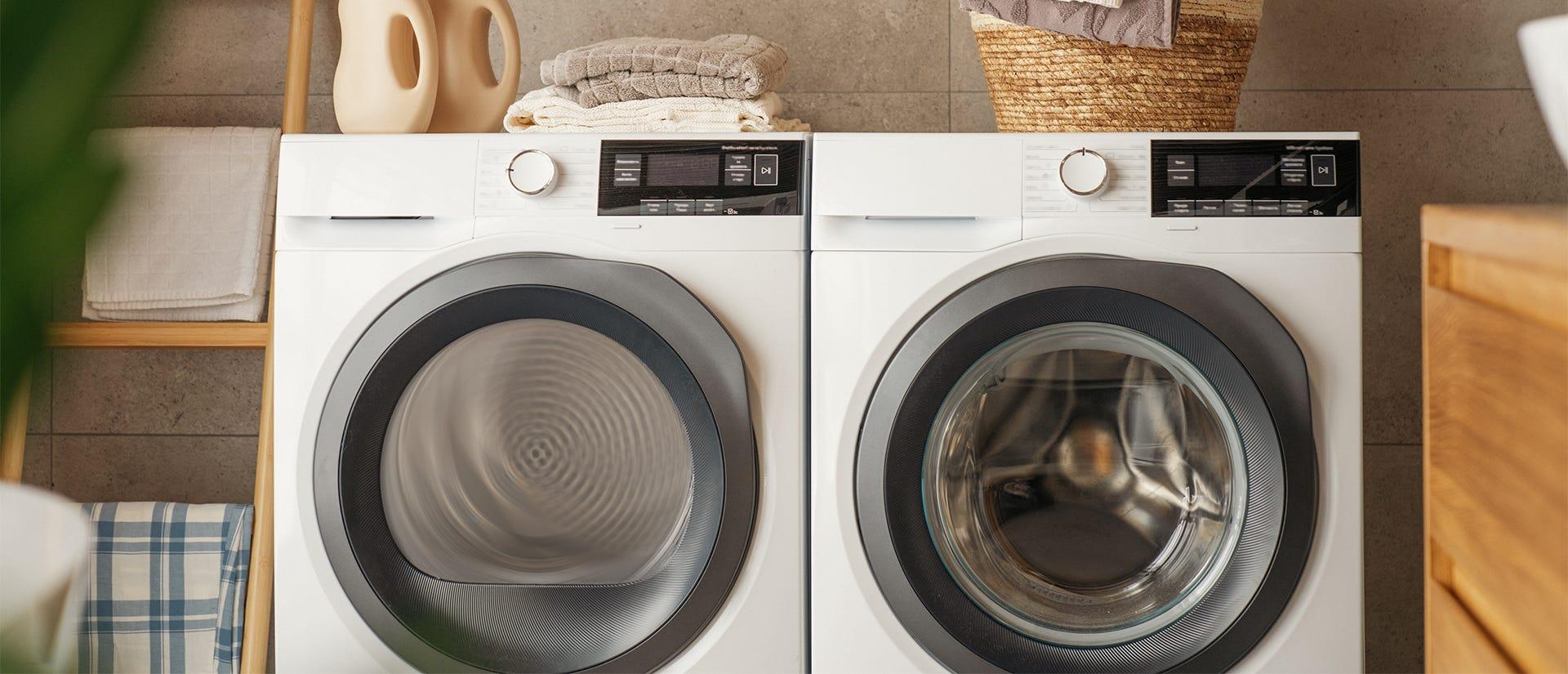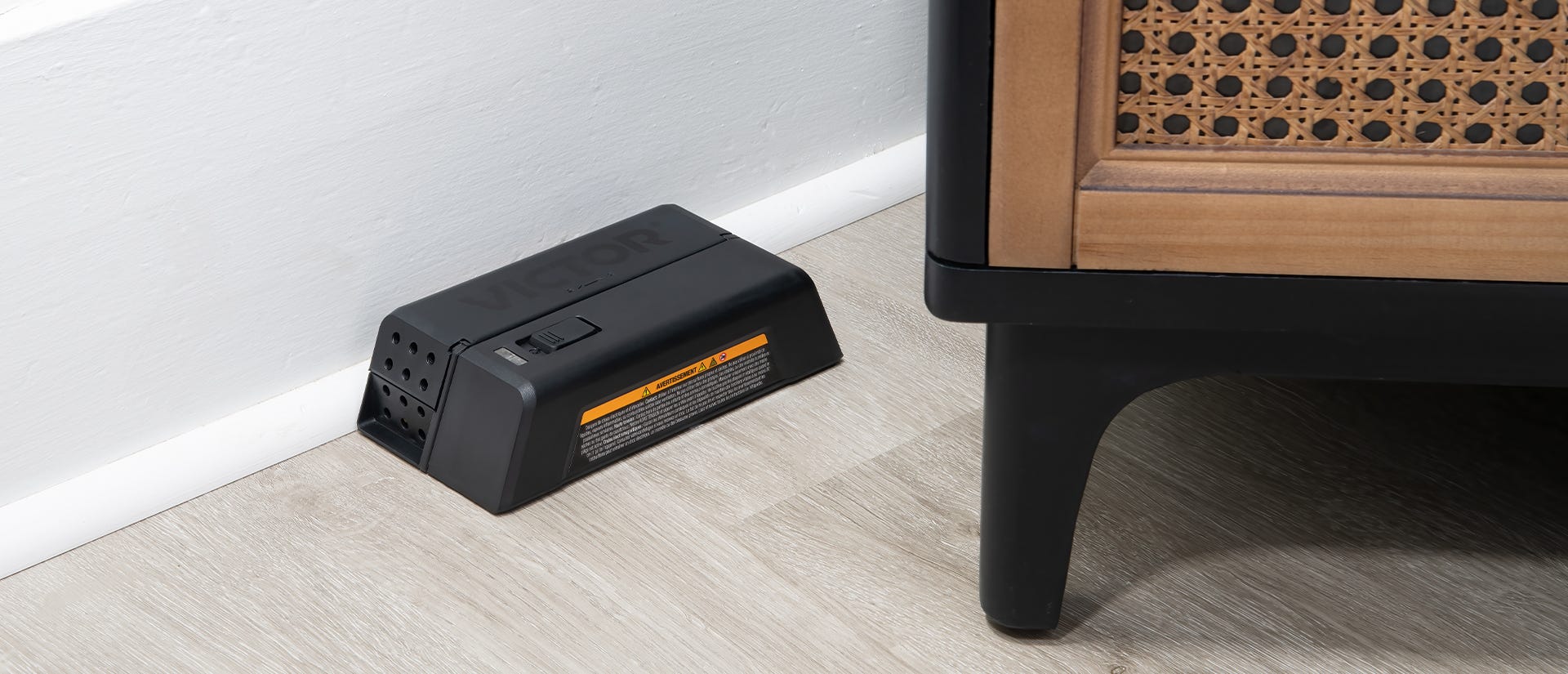How to Clean Up Mouse Droppings
When you clear away the evidence of a mouse infestation, do not sweep or vacuum up droppings and nest particles. These actions can kick up dust and expose you to the pathogens you’re trying to remove. Instead, moisten all debris with a bleach solution – preferably 10 percent bleach to 90 percent water – and wipe it clean.
As you clean, know that it’s important for the entire area to be cleansed of all the germs and smells that attracted rodents in the first place.
You are watching: How to Clean Up After a Mouse Infestation
As you prepare to clean, follow these steps:
- Protect your hands by wearing latex or rubber gloves.
- Spray the rat droppings or mice poop with the disinfectant; allow it to saturate for at least five minutes.
- Remove the excrement with paper towels and dispose of them in plastic garbage bags.
- Once everything is cleaned, reapply the disinfectant over the area and any neighboring spots that may have been infected by the rodents’ presence.
If there’s evidence that the rodents crossed other parts of your house, have those areas thoroughly disinfected as well. Scrub away streaks or prints along your kitchen floor or countertops; machine-wash bed sheets or fabrics with evidence of rodent nibbling; and steam-clean any carpets or furniture upholstery that may have been marked by the critters. Once you have finished disinfecting all these spots in your house, dispose of the gloves, and clean your hands with soap and/or rubbing alcohol.

How to Disinfect Household Items After a Rodent Infestation
Always use rubber or latex gloves when gathering contaminated clothing, bed sheets, quilts, pillows, cases, or stuffed animals for cleansing. Machine-wash these items in hot water. Once washed, place the fabrics and other washables into your dryer and spin them at a high temperature; anything above 115 degrees should kill off any lingering hantaviruses. Infected rugs, carpets, and furniture will require the use of professional-grade steam cleaners with shampoo or disinfectant.
If rodents have touched items in your house that can’t be disinfected with a liquid formula – such as books, magazines, and documents – leave them outside in the heat for a day, or store in a disinfected indoor area for at least a week. Ultraviolet rays kill hantaviruses, which can otherwise linger on surfaces for up to three days. Wear gloves while handling these items that you believe are infected. On some hardback books, it wouldn’t hurt to wipe the front and back covers clean with a formula-moistened washcloth.
How to Get Rid of Rat Urine Smell in Your Attic, Basement or Crawl Space
It takes more work to clean an infestation in the hidden areas of your home – attics, basements, crawl spaces, and wall cavities – because these are the places where rodents are most likely to dwell. Before you clean the nesting remnants, rat droppings or mouse poop, you might have to trap and kill a lot of rodents first. In order to do this, you should have some rodent traps set up in the infested areas. If the rodents are currently active, you’ll probably catch them in quick succession; just bait the traps and wait, checking back occasionally. If five days pass with no new captures, you’ve probably eliminated the population.
Read more : Types of House Beetles: Pictures, Identification and Control
Before you disinfect your crawl space, attic or wall cavity, have it ventilated for at least 30 minutes to clear contaminations from the air; fans help in stuffy areas:
- Don rubber or latex gloves and a dust mask; the mask will filter out particles from insulation, dust, and mold, though it won’t block hantaviruses.
- Spray bleach/water formula onto rodent urine, droppings, and nest particles. Allow these areas to saturate; this will kill off hantaviruses. With paper towels, wipe the areas clean and dispose of the rodent remnants in plastic garbage bags.
- Spray the disinfectant formula on the floor, trimmings, and walls around the infected area and clean with a mop.
- Remove insulation sheets wherever rats or mice have tread; place the sheets in plastic garbage bags.
- Move any contaminated boxes outside and set their contents aside to soak in the sun’s UV rays; wipe the outside of the boxes with disinfectant. If the items are washable, such as clothing and furniture, follow the steps outlined earlier. If any box contents consist of old clothes you no longer wear, it’s best to discard them.
- Throw out any cardboard boxes touched by rodent droppings or urine. Recyclable materials, such as cans, bottles, and plastic containers, can be disinfected with bleach/water formula and taken to the bin.
- Clean/disinfect any old, stored-away furniture the same as you would with the items in your living areas.
In order to prevent any further infestation of your storage spaces, take a flashlight and inspect the walls, ducts, and trimmings for cracks, gaps, or any other possible rodent entryways. Cover these openings with sealant or mesh wire. Consider paving crawl spaces under the structure.

How to Eliminate Rats and Mice in Your Home
A single mouse or rat is one too many, but where one rodent treads, others are likely to follow. That’s why when you see a rodent in your house, there’s clearly something wrong with your home’s integrity, such as a small crack around a window pane, chimney, or roof duct. The moment you even suspect that a critter has entered your home, deploy snap traps, electronic mouse traps, or electronic rat traps from Victor®.
Source: https://gardencourte.com
Categories: Kitchens

